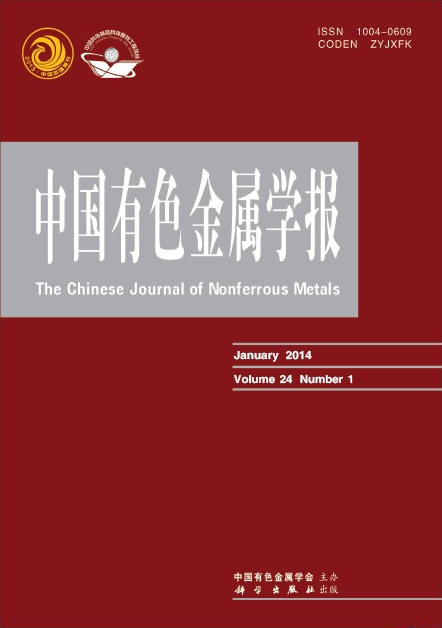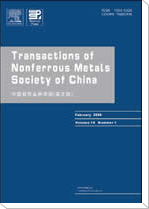中国有色金属学报(英文版)
Transactions of Nonferrous Metals Society of China
| Vol. 35 No. 8 August 2025 |
(1. Cultivating Base for Key Laboratory of Environment-Friendly Inorganic Materials in Henan Province,
School of Materials Science and Engineering, Henan Polytechnic University, Jiaozuo 454000, China;
2. School of Mathematics and Informatics, Henan Polytechnic University, Jiaozuo 454000, China)
Abstract:To solve the problem of slow kinetics in oxygen reduction reaction (ORR) and oxygen evolution reaction (OER) and promote the development of bifunctional electrocatalysts, several two-dimensional CrSe2-based single-atom catalysts (SACs) were constructed using 3d transition metal (TM) atoms. Density functional theory (DFT) was employed to explore the electrocatalytic mechanisms of ORR/OER. The results showed that most of the TM atoms prefer to be anchored at site H, and the negative binding energy proved the excellent structural stability of these SACs. The hybridization between the orbitals of O 2p and TM 3d contributes to the charge transfer. Furthermore, the 3d TM atoms can act as active sites to activate the adsorbates, thereby improving the catalytic efficiency of the substrate. Significantly, Ni/CrSe2 exhibits the most outstanding ORR/OER catalytic performance, indicating its potential as a bifunctional electrocatalyst for ORR/OER.
Key words: density functional theory; CrSe2; single atom catalyst; oxygen reduction reaction; oxygen evolution reaction


